Home>Others>Eco-Friendly Products>How To Find The Recycling Bin
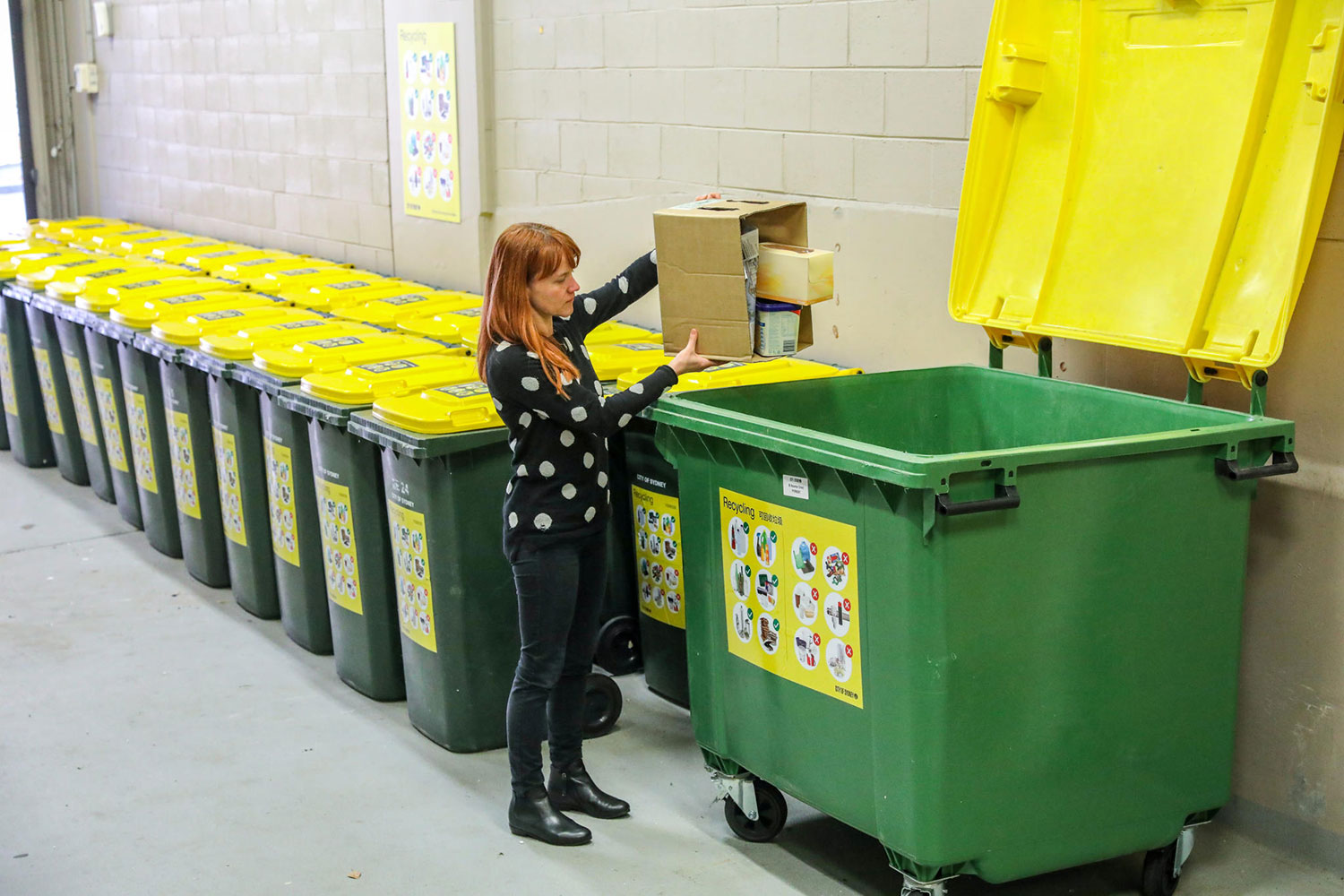

Eco-Friendly Products
How To Find The Recycling Bin
Published: January 18, 2024
Discover eco-friendly products and sustainable solutions with our guide on how to find the recycling bin. Take a step towards a greener future today!
(Many of the links in this article redirect to a specific reviewed product. Your purchase of these products through affiliate links helps to generate commission for Storables.com, at no extra cost. Learn more)
**
Introduction
**
Welcome to the world of eco-conscious living! As we embark on a journey to explore the ins and outs of recycling, one of the fundamental aspects is understanding how to find the all-important recycling bin. Whether you're a seasoned environmental enthusiast or a newcomer to the sustainability scene, this guide will equip you with the knowledge and resources to effortlessly locate recycling bins in various settings.
Recycling plays a pivotal role in preserving our planet's natural resources and reducing the impact of waste on the environment. By diverting recyclable materials from landfills and facilitating their transformation into new products, we contribute to the conservation of energy and the minimization of pollution. However, the effectiveness of recycling hinges on accessibility, making it essential to know where to find recycling bins in public spaces, communities, and online platforms.
Throughout this article, we'll delve into the significance of recycling, explore strategies for identifying recycling bins in public areas and local neighborhoods, and harness the power of online resources to streamline the search for recycling facilities. By the end of this journey, you'll be well-equipped to seamlessly integrate recycling into your daily routine and champion sustainability within your sphere of influence.
Join us as we embark on this enlightening quest to uncover the secrets of finding the recycling bin, and let's empower ourselves to make a positive impact on the environment through conscious waste management practices.
**
Key Takeaways:
- Recycling bins are crucial for preserving the environment. They can be found in public spaces, communities, and online. By using them, we can reduce waste and protect our planet.
- You can find recycling bins in public places, like parks and events, and in your community, like at drop-off centers. Online resources also help you locate them. By using these bins, you can help the environment and make a positive impact.
Read more: How To Hide The Recycling Bin
Understanding the Importance of Recycling
**
Before we delve into the nitty-gritty of locating recycling bins, it’s crucial to grasp the profound significance of recycling in the global sustainability landscape. Recycling serves as a linchpin in the overarching mission to conserve natural resources, mitigate pollution, and foster a more sustainable future for generations to come.
One of the primary benefits of recycling lies in its capacity to curtail the strain on finite resources. By repurposing materials such as paper, plastic, glass, and metal, we diminish the need for raw material extraction, thereby safeguarding forests, reducing energy consumption, and mitigating the environmental impact of resource extraction industries.
Moreover, recycling plays a pivotal role in minimizing the volume of waste destined for landfills or incineration. By diverting recyclable materials from these disposal methods, we mitigate the emission of greenhouse gases and alleviate the burden on landfill capacities, thereby bolstering public health and environmental well-being.
Furthermore, recycling fosters the circular economy model, wherein materials are perpetually cycled through production, consumption, and regeneration processes. This approach not only reduces the carbon footprint of manufacturing but also cultivates economic opportunities and job creation within the recycling industry.
From a broader environmental perspective, recycling contributes to the reduction of air and water pollution associated with resource extraction and waste disposal. By minimizing the extraction of virgin materials and curbing the release of harmful substances from landfill sites, recycling serves as a potent tool in the fight against environmental degradation.
By comprehending the multifaceted benefits of recycling, we can appreciate its pivotal role in fostering a more sustainable and harmonious coexistence with the natural world. As we proceed to unravel the nuances of finding recycling bins, let’s carry this profound understanding of recycling’s importance as a guiding beacon, propelling us toward a greener and more sustainable future.
**
Identifying Recycling Bins in Public Spaces
**
When venturing into public spaces, from bustling urban centers to serene natural parks, the quest to locate recycling bins becomes a tangible opportunity to contribute to environmental preservation. Understanding how to identify recycling bins in these settings empowers individuals to actively participate in sustainable waste management practices and foster a culture of environmental stewardship.
One of the most common locations for recycling bins in public spaces is within the vicinity of trash receptacles. These dual waste disposal stations often feature separate compartments for recyclables and non-recyclables, denoted by distinct colors, labels, or symbols. Keeping an eye out for these paired bins can lead to the swift and convenient disposal of recyclable materials, ensuring their proper diversion from landfills.
Additionally, many public spaces, such as airports, train stations, shopping malls, and educational institutions, are equipped with dedicated recycling stations strategically positioned throughout their premises. These centralized recycling depots typically feature clearly marked containers for various recyclable materials, facilitating the seamless separation and collection of paper, plastic, glass, and metal items.
In outdoor recreational areas, such as beaches, hiking trails, and picnic grounds, recycling bins are often integrated into the infrastructure to encourage responsible waste management among visitors. These bins are strategically positioned in high-traffic areas, complemented by educational signage to inform and guide individuals on the proper disposal of recyclable items.
Furthermore, public events and gatherings, ranging from music festivals to community fairs, frequently incorporate recycling bins into their waste management strategies. Event organizers prioritize the provision of recycling receptacles alongside regular trash bins, promoting eco-conscious behavior among attendees and minimizing the environmental footprint of the event.
By familiarizing oneself with the layout and waste management infrastructure of public spaces, individuals can confidently identify and utilize recycling bins to channel recyclable materials toward their next phase of life. This proactive engagement in sustainable waste disposal not only contributes to environmental conservation but also sets an inspiring example for others to follow, catalyzing a collective shift toward eco-friendly practices in public spheres.
**
Look for the recycling bin in public places like parks, schools, and shopping centers. It’s often near the trash cans and labeled with the recycling symbol. If you’re at home, check your local waste management guidelines for the location of your recycling bin.
Finding Recycling Bins in Your Community
**
Embarking on the quest to find recycling bins within your local community presents an enriching opportunity to foster sustainable habits and actively contribute to the preservation of the environment. Whether you reside in a bustling urban neighborhood or a serene suburban enclave, discovering the locations of recycling bins in your community empowers you to play a pivotal role in the collective effort toward waste reduction and resource conservation.
One of the most prevalent avenues for encountering recycling bins in your community is through municipal waste collection services. Many municipalities provide curbside recycling pickup, wherein residents are supplied with designated bins or bags for recyclable materials, which are subsequently collected and processed by local waste management authorities.
Moreover, numerous communities feature recycling drop-off centers, where residents can personally deliver their recyclables to designated collection points. These centers often accept a wide array of materials, including paper, cardboard, plastics, glass, and metal, and serve as convenient hubs for community members to responsibly dispose of their recyclable items.
Community facilities such as libraries, community centers, and government buildings frequently incorporate recycling bins into their infrastructure, encouraging visitors and residents to actively participate in sustainable waste management practices. These bins are strategically positioned in high-traffic areas, accompanied by informative signage to guide individuals on the proper sorting and disposal of recyclable materials.
Furthermore, residential complexes, including apartment buildings and condominiums, often feature communal recycling stations to facilitate the collection and segregation of recyclable items from the general waste stream. Residents can leverage these centralized recycling facilities to effectively divert materials such as paper, plastic, and aluminum from landfills.
Engaging with local community organizations and environmental advocacy groups can also yield valuable insights into the locations of recycling bins and the broader initiatives aimed at promoting sustainable waste management practices within the community. These organizations often spearhead educational campaigns and community clean-up events, further cementing the importance of recycling in the collective consciousness.
By actively seeking out and utilizing recycling bins within your community, you not only contribute to the preservation of natural resources and the reduction of waste but also serve as a catalyst for positive change within your immediate surroundings. Your commitment to sustainable waste management sets an inspiring precedent for others to follow, fostering a culture of environmental responsibility and stewardship within the community.
**
Utilizing Online Resources for Locating Recycling Bins
**
As the digital landscape continues to evolve, harnessing the power of online resources has emerged as a transformative approach to locating recycling bins and engaging with sustainable waste management practices. From interactive mapping tools to dedicated recycling directories, the internet offers a wealth of resources to streamline the process of identifying recycling facilities and bins within your vicinity.
One of the most impactful online resources for finding recycling bins is interactive mapping platforms, such as Google Maps and community-specific mapping applications. These platforms allow users to search for recycling centers, drop-off locations, and public recycling bins within their local area, providing detailed directions and contact information for each facility.
Furthermore, many municipalities and waste management authorities maintain official websites that feature comprehensive guides to recycling within the community. These websites often include searchable databases of recycling locations, curbside pickup schedules, and guidelines for sorting and preparing recyclable materials, empowering residents to make informed decisions about their waste disposal practices.
In addition to official sources, environmentally focused organizations and non-profit entities frequently curate online directories of recycling facilities and bins, consolidating a wealth of information into user-friendly platforms. These directories offer insights into specialized recycling programs, drop-off sites for electronic waste and hazardous materials, and initiatives aimed at promoting sustainable waste management practices.
Social media platforms and community forums also serve as valuable arenas for discovering local recycling resources and engaging with fellow eco-conscious individuals. Joining community groups dedicated to sustainability and environmental activism can provide firsthand recommendations and insights into the locations of recycling bins, as well as foster meaningful connections with like-minded individuals.
Online resources extend beyond mere location-based information, often encompassing educational materials, recycling guides, and tips for optimizing waste reduction efforts. Engaging with these resources equips individuals with the knowledge and tools to navigate the intricacies of sustainable waste management, empowering them to make a tangible impact on the environment.
By leveraging the wealth of online resources available, individuals can seamlessly integrate sustainable waste management practices into their daily lives and contribute to the broader mission of environmental conservation. The digital sphere serves as a gateway to a world of recycling opportunities, fostering a sense of interconnectedness and empowerment in the collective pursuit of a greener, more sustainable future.
**
Read more: What Color Is The Recycling Bin
Conclusion
**
As we draw the curtains on our exploration of finding the recycling bin, we emerge equipped with a comprehensive understanding of the pivotal role played by recycling in environmental preservation and resource conservation. The journey has unveiled a myriad of avenues through which individuals can seamlessly locate recycling bins in public spaces, communities, and the digital realm, empowering them to actively participate in sustainable waste management practices.
From the bustling thoroughfares of urban centers to the tranquil expanses of community parks, the identification of recycling bins in public spaces stands as a tangible opportunity to champion environmental stewardship. By familiarizing oneself with the layout and infrastructure of public areas, individuals can confidently engage with recycling bins, contributing to the diversion of recyclable materials from landfills and the cultivation of a culture of responsible waste management.
Delving into the heart of local communities, we’ve uncovered the diverse array of avenues through which residents can encounter recycling bins, from municipal waste collection services to community drop-off centers and residential recycling stations. By actively seeking out and utilizing these resources, individuals become catalysts for sustainable change within their immediate surroundings, fostering a collective ethos of environmental responsibility and conservation.
Furthermore, the digital sphere has emerged as a transformative ally in the quest to locate recycling bins, offering interactive mapping tools, comprehensive directories, and educational resources to streamline the process of engaging with sustainable waste management practices. By harnessing the power of online platforms, individuals can seamlessly integrate recycling into their daily routines and contribute to the broader mission of environmental preservation.
As we bid adieu to this enlightening journey, let’s carry forth the knowledge and insights garnered, infusing our daily lives with a steadfast commitment to sustainable waste management. Whether it’s a brisk stroll through a public park, a visit to a community drop-off center, or a virtual exploration of online resources, the quest to find the recycling bin serves as a testament to our collective dedication to preserving the planet for future generations.
Let’s embrace the power we hold as stewards of the environment, igniting a ripple of positive change through our conscious actions and unwavering commitment to sustainability. Together, we embark on a harmonious journey toward a greener, more sustainable future, one recycling bin at a time.
Frequently Asked Questions about How To Find The Recycling Bin
Was this page helpful?
At Storables.com, we guarantee accurate and reliable information. Our content, validated by Expert Board Contributors, is crafted following stringent Editorial Policies. We're committed to providing you with well-researched, expert-backed insights for all your informational needs.
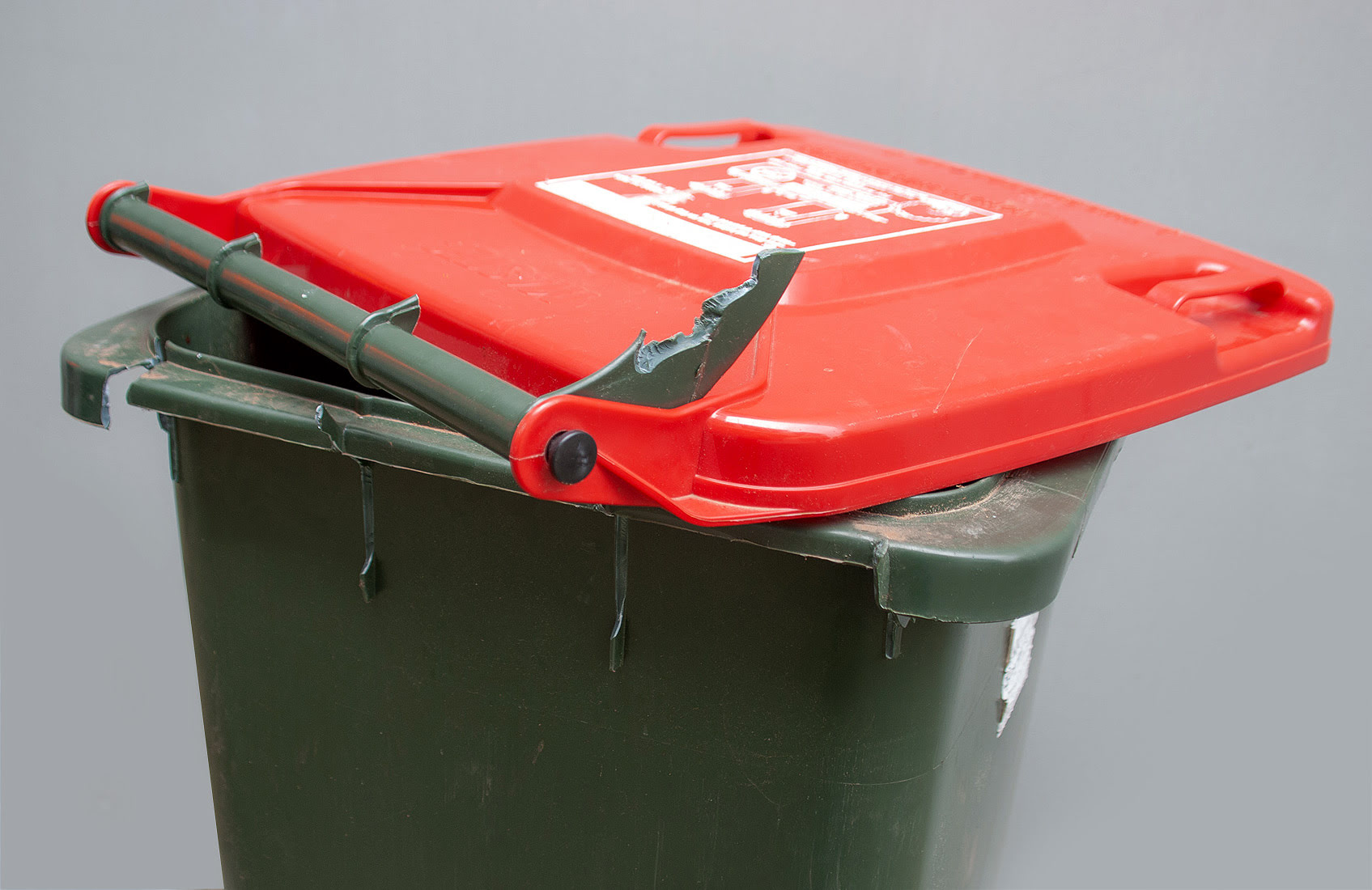
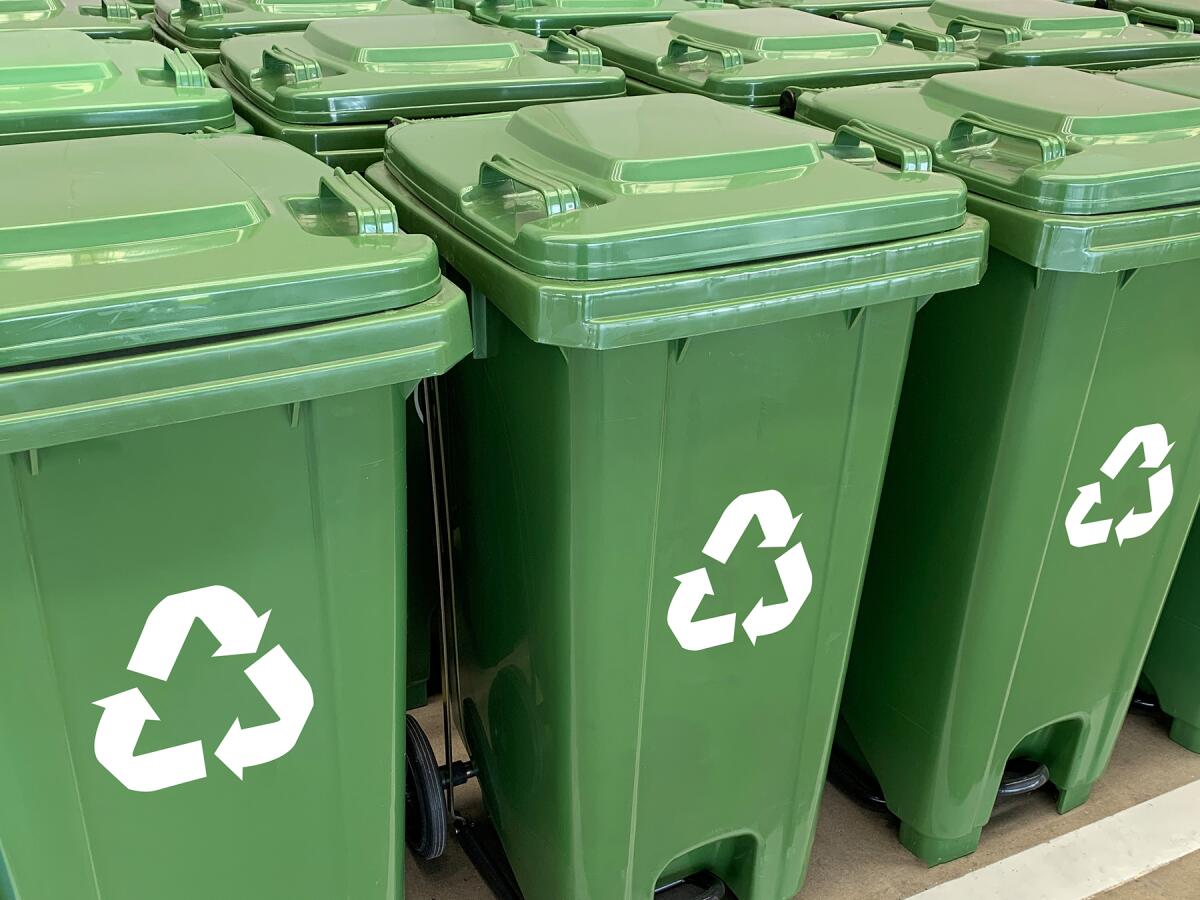
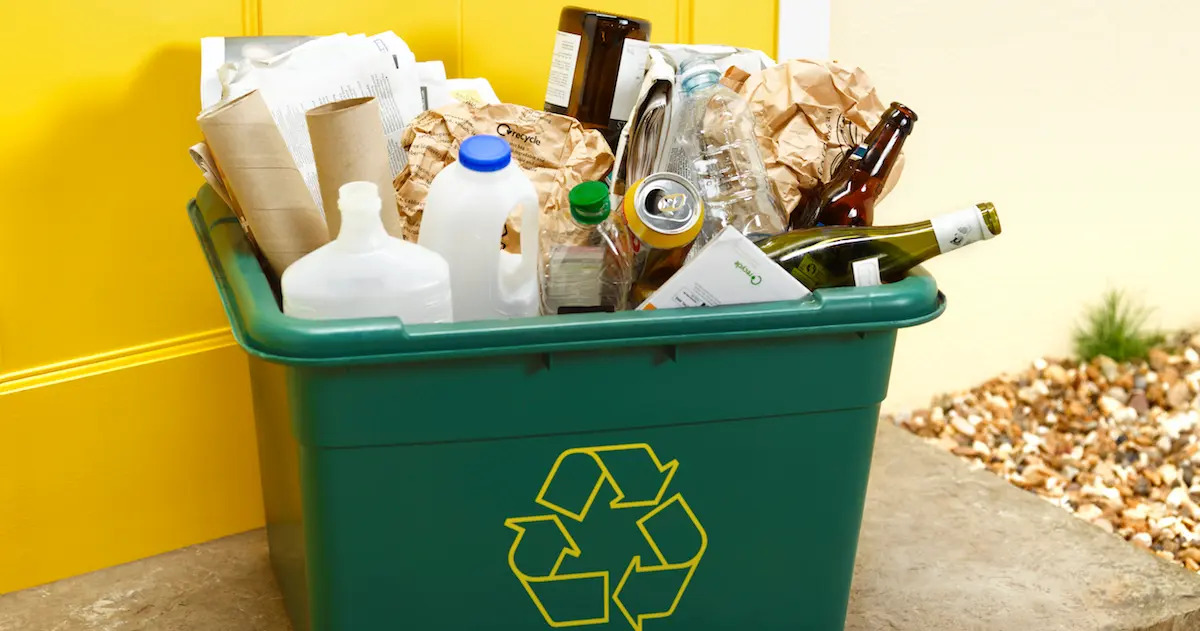
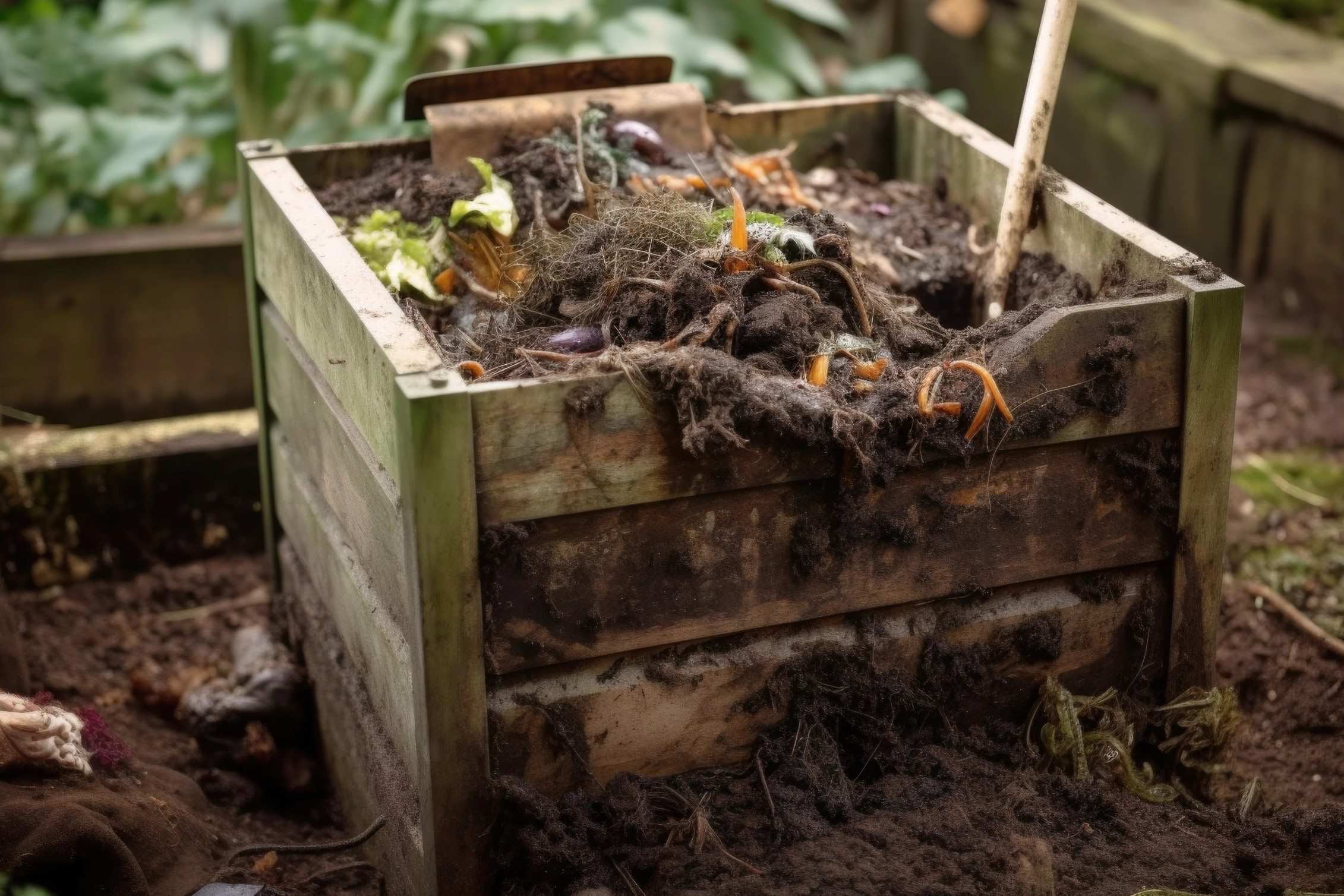
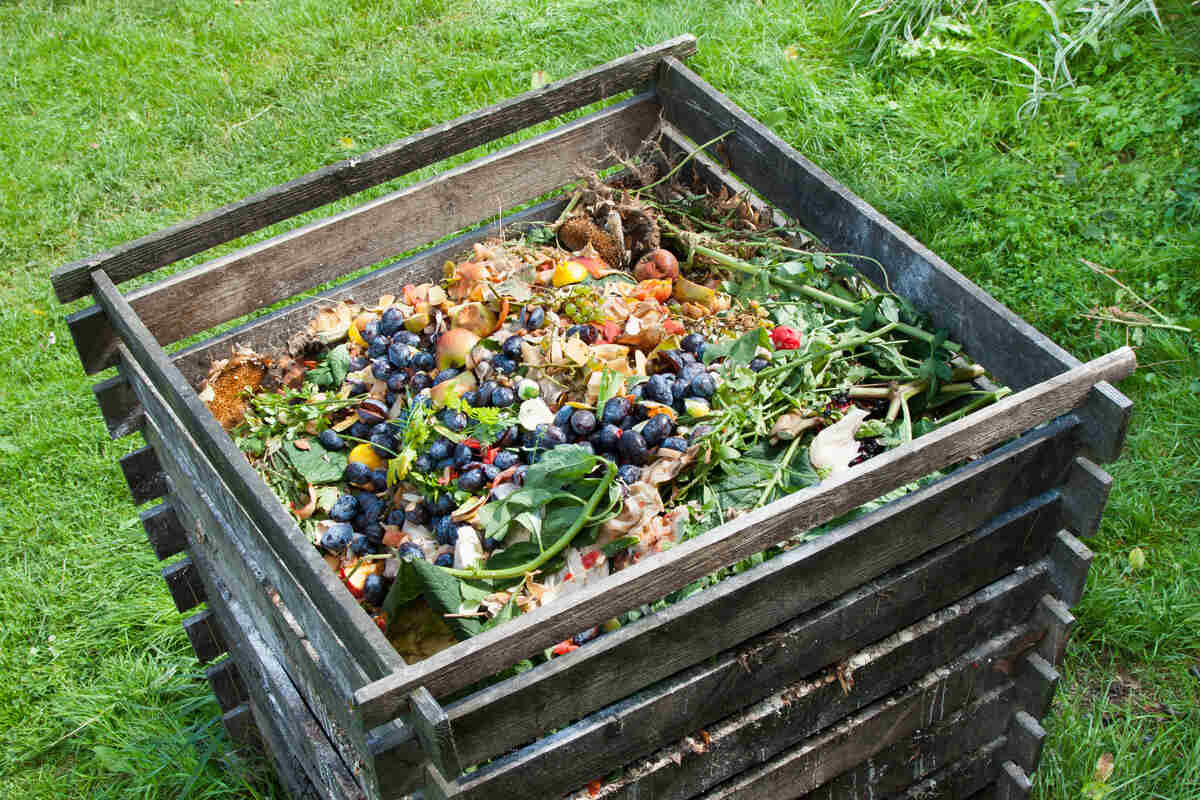

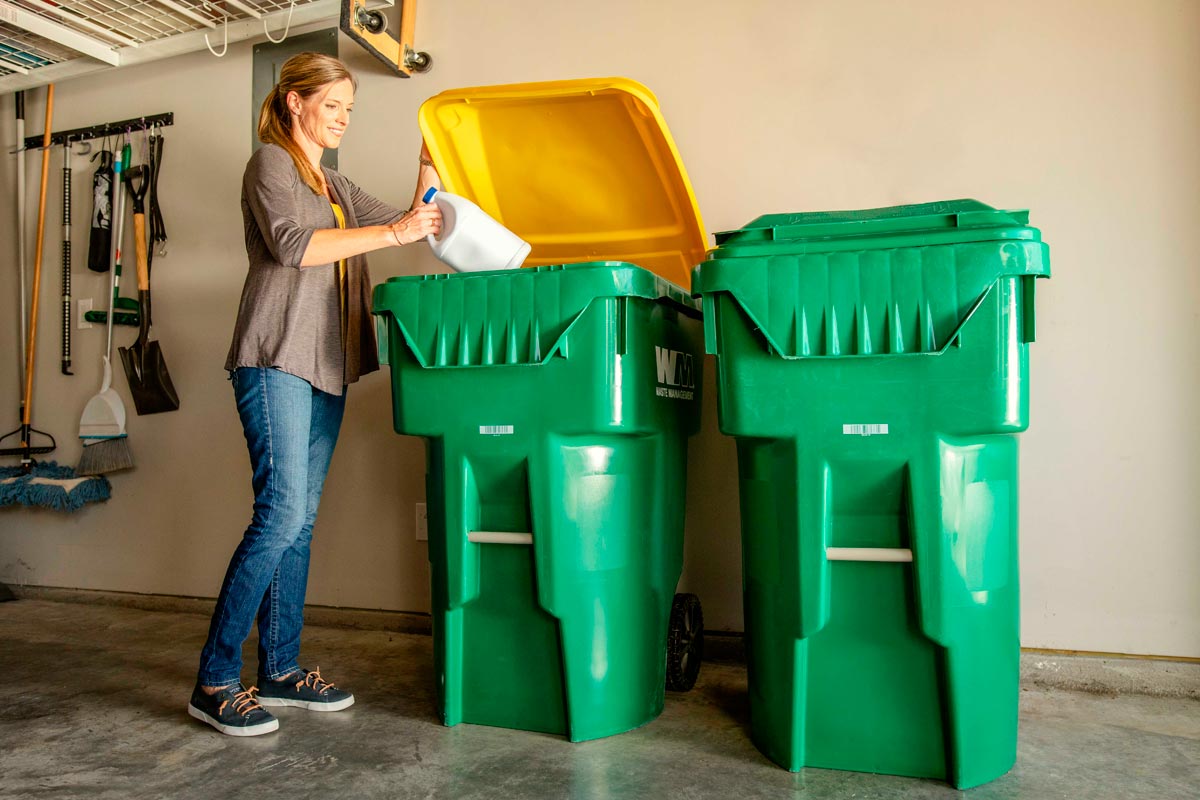
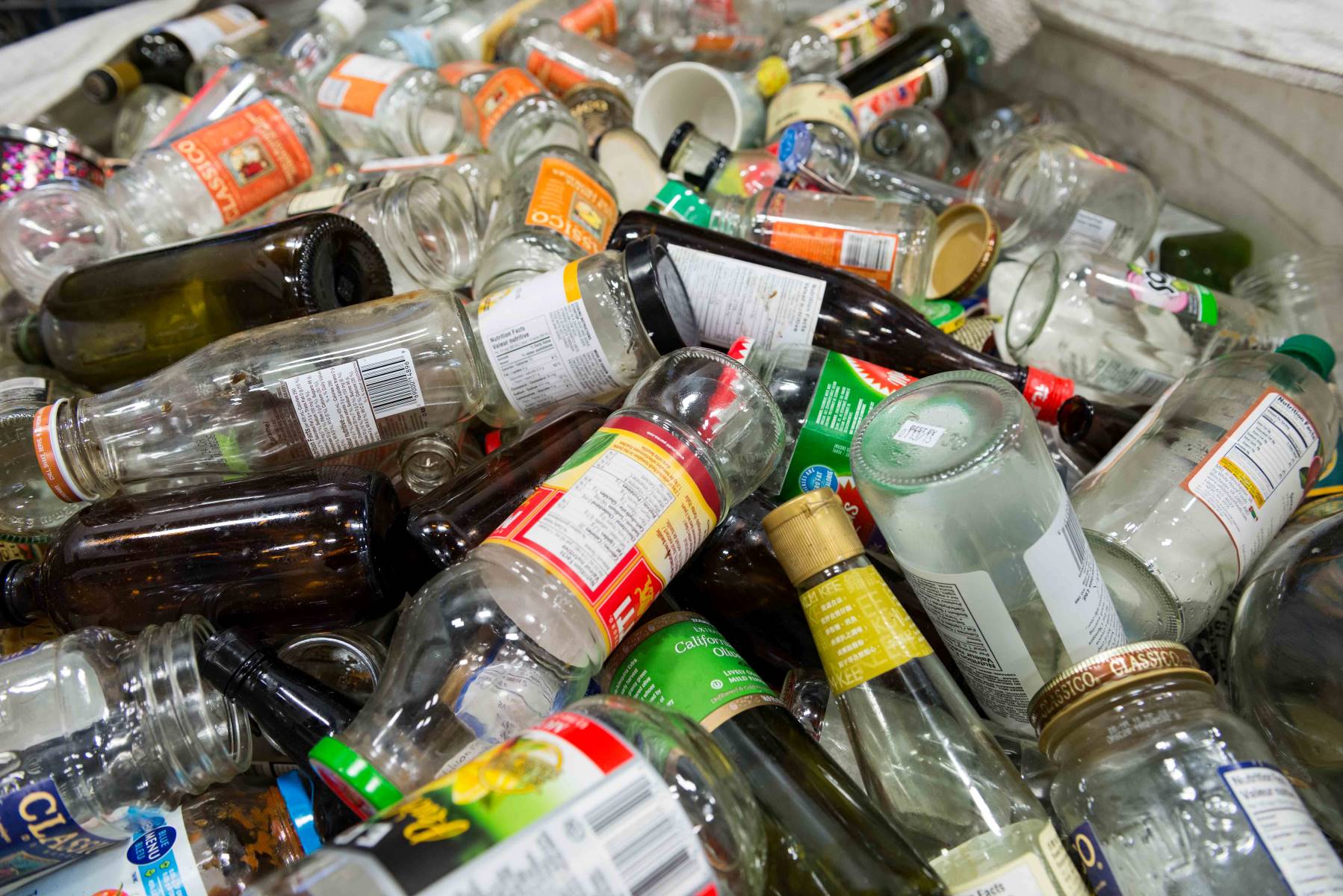


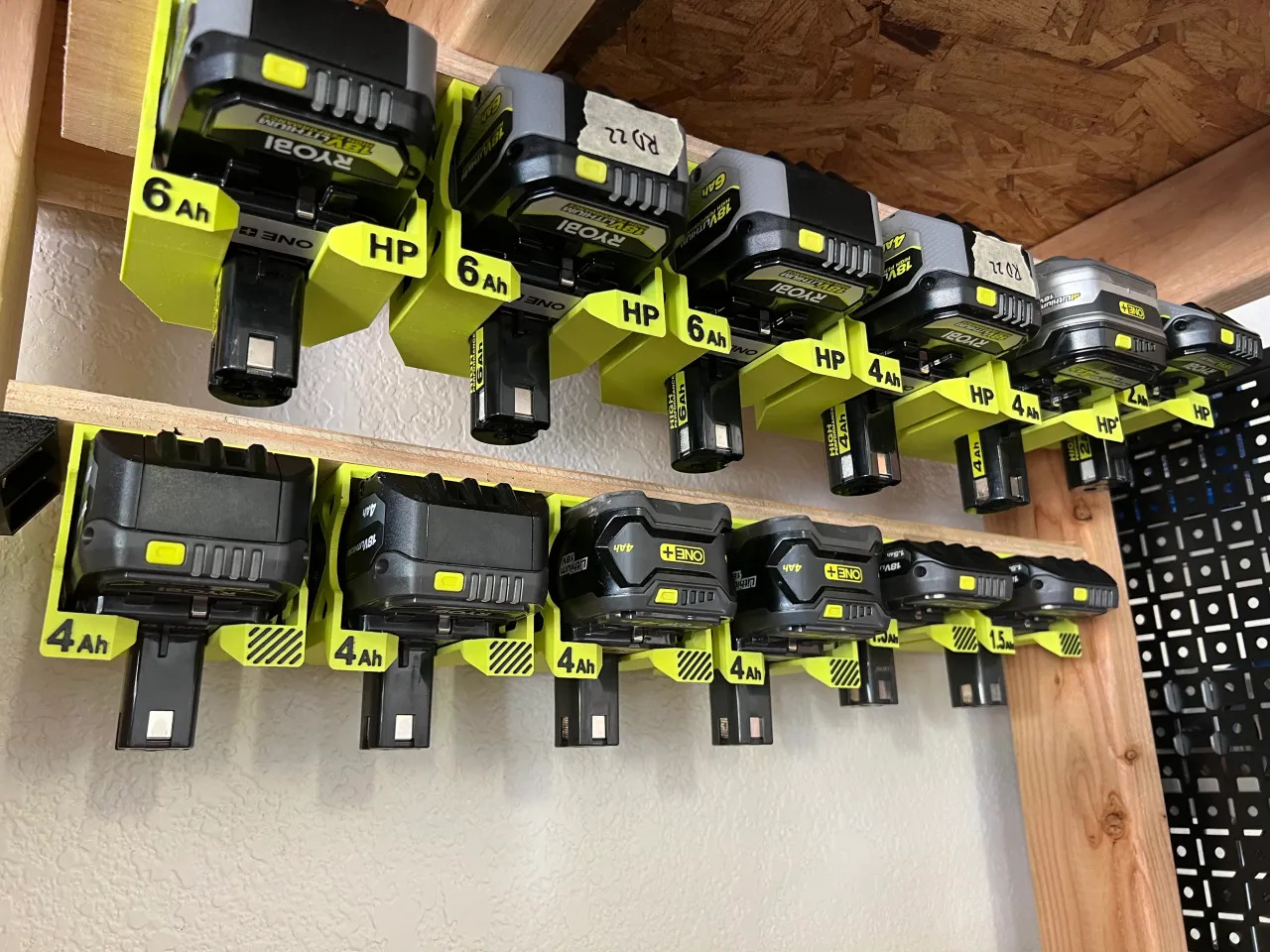
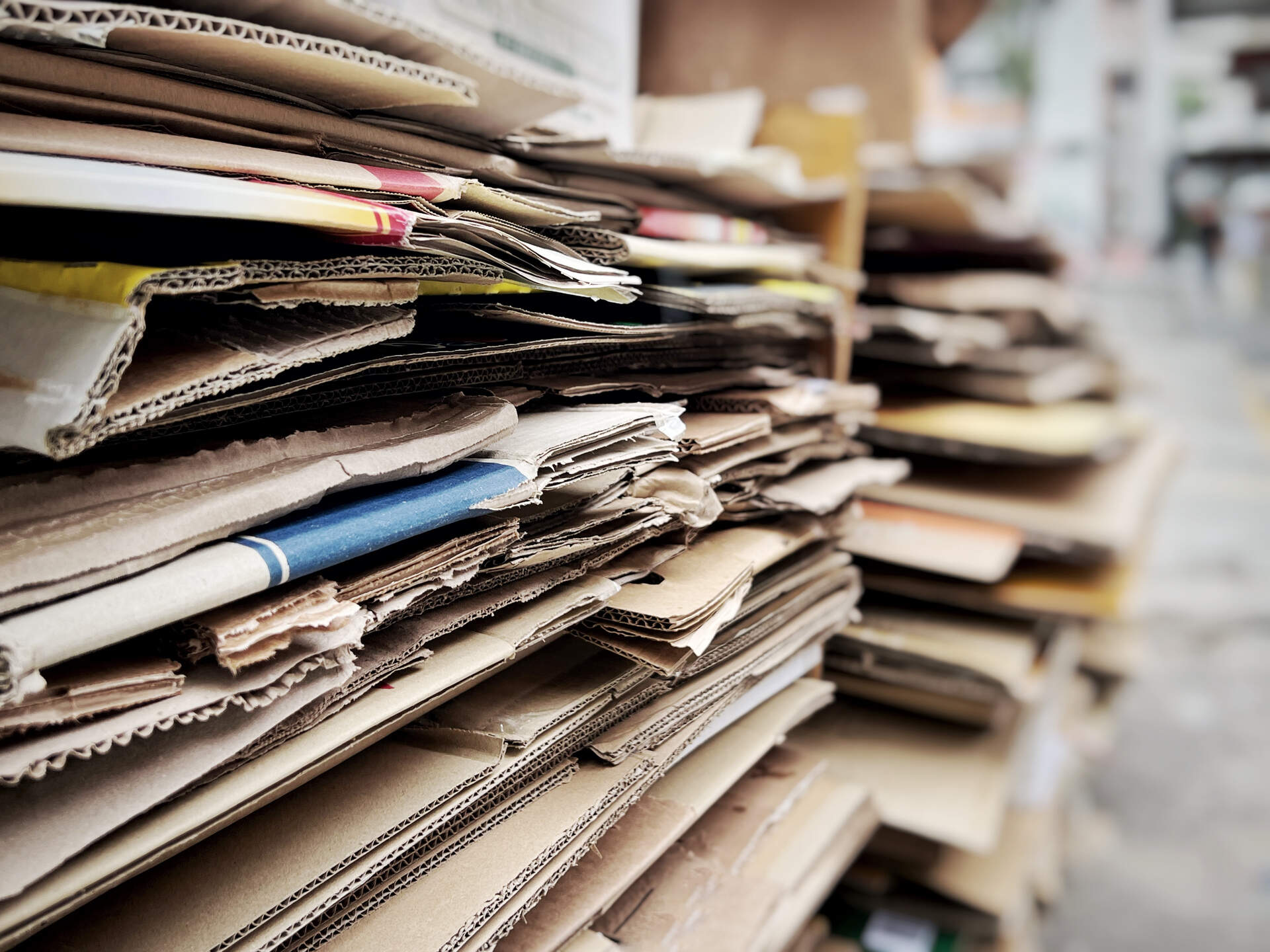
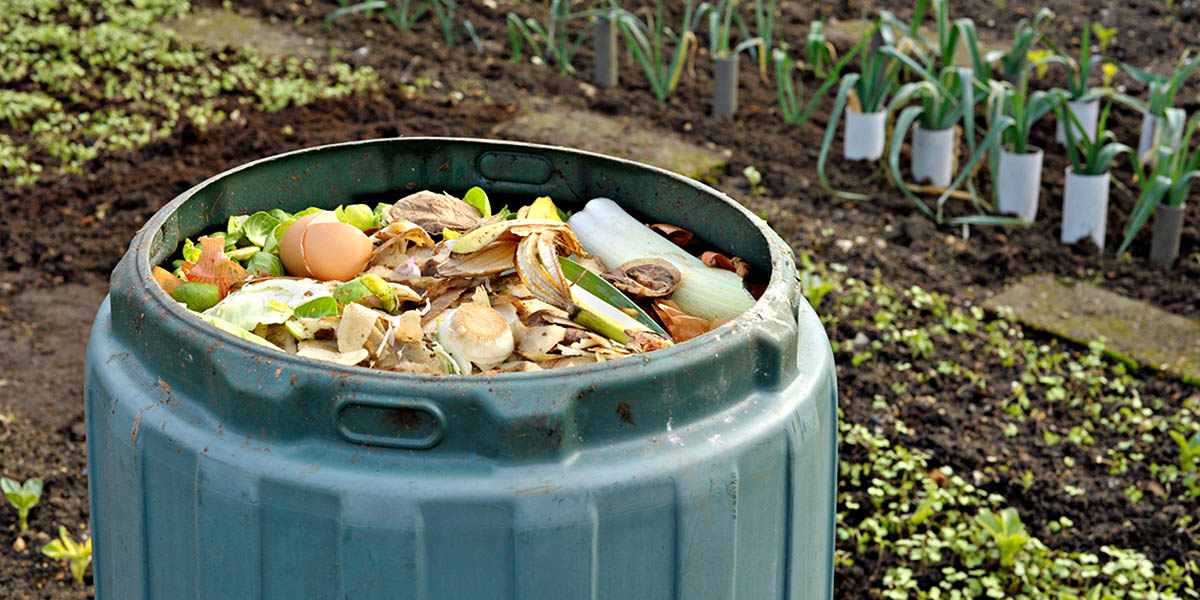
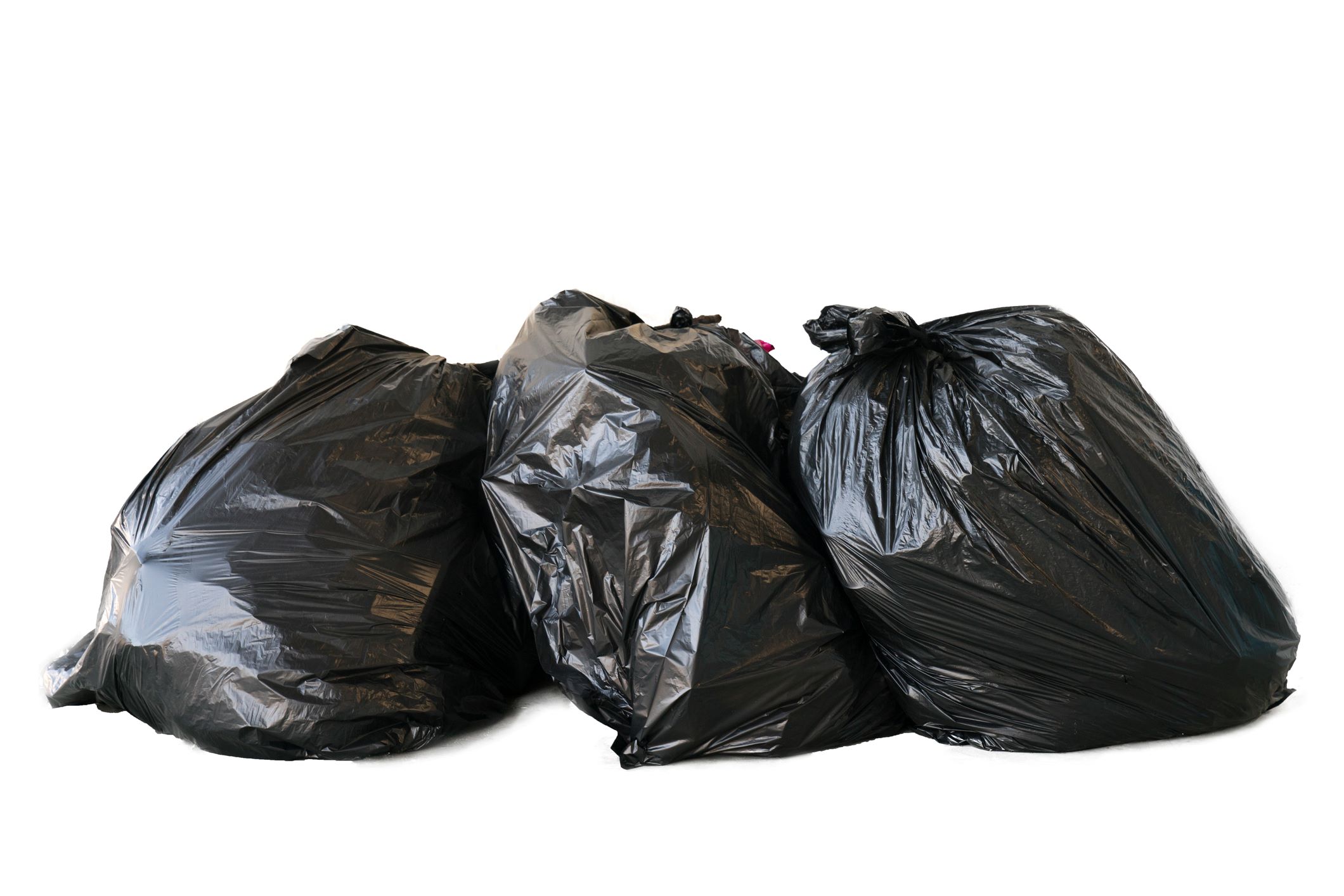

0 thoughts on “How To Find The Recycling Bin”